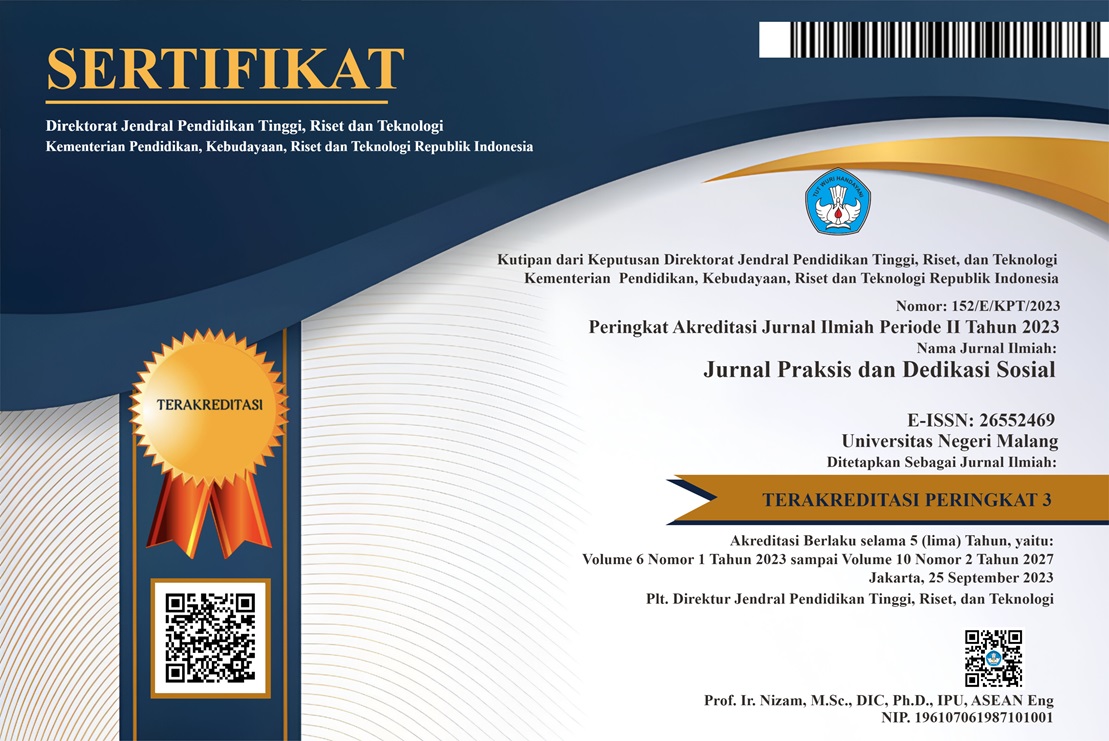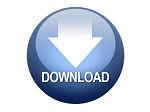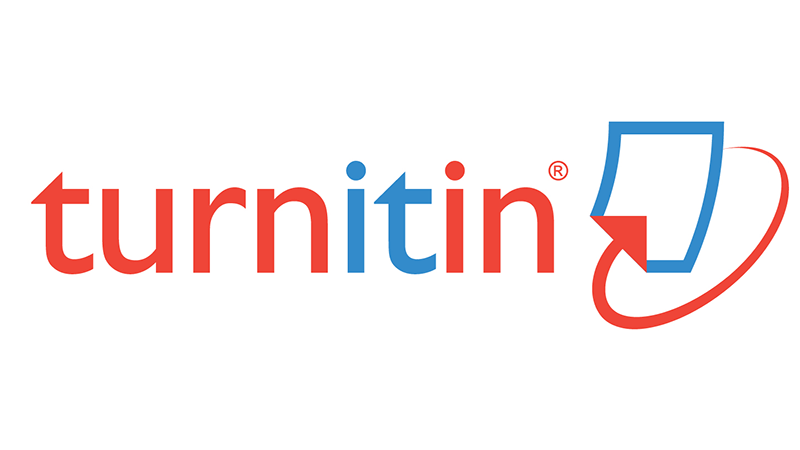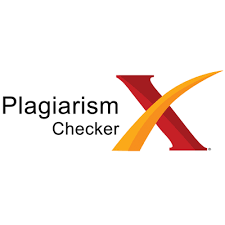PEMBELAJARAN SEJARAH THINKING LIKE A HISTORIAN: CRITICAL READING, MIND-MAP, DAN CREATIVE WRITING
Abstract
LEARNING HISTORY THINKING LIKE A HISTORIAN: CRITICAL READING, MIND-MAP, AND CREATIVE WRITING
The study of history should not rely on only one source or one authoritative narrative. The nature of history which necessitates a postulate that once a historical event is written, it immediately becomes something subjective. It is certain that a written historical event is absolutely influenced by the subjectivity of the author. Therefore, history learning does not require a single narrative. History learning must provide opportunities for students to practice historical thinking skills that contain sensitivity to the multiple causes of events, empathy toward an event investigated, and sensitivity to change and continuity. This article attempts to offer a history learning model that facilitates students to master historical thinking skills by using activities such as critical reading, mind-map making, and creative writing.
Pembelajaran sejarah tidak seharusnya hanya mengandalkan satu sumber atau satu narasi yang dianggap otoritatif. Sifat dasar sejarah yang meniscayakan adanya ketetapan bahwa ketika suatu peristiwa sejarah ditulis, maka seketika itu pula menjadi sesuatu yang subjektif, karena dipastikan penulisan peristiwa sejarah tersebut sedikit-banyak dipengaruhi oleh subjektivitas penulisnya, itu tidak menghendaki adanya narasi tunggal. Oleh karena itu, pembelajaran sejarah harus disertai dengan upaya untuk menghadirkan kesempatan bagi peserta didik untuk melatih kemampuan berpikir kesejarahan yang mengandung sensitivitas terhadap multi penyebab dari suatu peristiwa, empati terhadap konteks peristiwa yang sedang dikaji, sensitivitas terhadap perubahan, dan keberlanjutan. Artikel ini mencoba untuk menawarkan model pembelajaran sejarah yang memfasilitasi peserta didik untuk menguasai kemampuan berpikir kesejarahan dengan memakai kegiatan seperti critical reading, pembuatan mind-map, dan creative writing.
Keywords
Full Text:
PDFReferences
Afflerbach, P., & VanSledright, B. (1998). The challenge of understanding the past: How do fifth grade readers construct meaning from diverse history texts. Annual Meeting of the National Reading Conference, Austin, TX.
Ahmed, I. A. (1993). Islam and Science: Religious Orthodoxy and the Battle for Rationality. Arab Studies Quarterly, 15(3), 133–136.
Aziz, Z., & Jair, N. (2009). The use of concept maps to enhance achievement in History among Form Two students. Jurnal Pendidikan Malaysia, 34(1), 3–15.
Burn, K., & Harris, R. (2021). Historical association survey of history in secondary schools in England 2021.
Chiou, C. (2008). The effect of concept mapping on students’ learning achievements and interests. Innovations in Education and Teaching International, 45(4), 375–387.
Clark, R. C., & Mayer, R. E. (2016). E-learning and the science of instruction: Proven guidelines for consumers and designers of multimedia learning. John Wiley & Sons.
Collingwood, R. G. (1994). The idea of history. Oxford University Press on Demand.
Edgar, D. W. (2012). Learning theories and historical events affecting instructional design in education: Recitation literacy toward extraction literacy practices. Sage Open, 2(4), 2158244012462707.
Greene, S. (1994). The problems of learning to think like a historian: Writing history in the culture of the classroom. Educational Psychologist, 29(2), 89–96.
Hartzler-Miller, C. (2001). Making sense of “best practice” in teaching history. Theory & Research in Social Education, 29(4), 672–695.
Hasan, S. H. (2019). Pendidikan sejarah untuk kehidupan abad ke-21. Historia: Jurnal Pendidik dan Penelitia Sejarah, 2(2), 61–72.
Haydn, T., & Harris, R. (2010). Pupil perspectives on the purposes and benefits of studying history in high school: A view from the UK. Journal of Curriculum Studies, 42(2), 241–261.
Hynd, C., Holschuh, J. P., & Hubbard, B. P. (2004). Thinking like a historian: College students’ reading of multiple historical documents. Journal of Literacy Research, 36(2), 141–176.
Jones, J. M., & Saad, L. (2013). Americans grade math as the most valuable school subject. Gallup Politics.
Leinhardt, G., & Young, K. M. (1996). Two texts, three readers: Distance and expertise in reading history. Cognition and Instruction, 14(4), 441–486.
Lomas, T. (2005). New ideas in developing pupils: Learning in key stage 3 and 4 history. Address to SHP Conference Leeds.
Mayer, R. E., & Anderson, R. B. (1992). The instructive animation: Helping students build connections between words and pictures in multimedia learning. Journal of Educational Psychology, 84(4), 444–452.
Nair, S. M., & Narayanasamy, M. (2017). The effects of utilising the concept maps in teaching history. International Journal of Instruction, 10(3), 109–126.
Norwich, B. (1994). Predicting girls’ learning behaviour in secondary school mathematics lessons from motivational and learning environment factors. Educational Psychology, 14(3), 291–306.
Norwich, B. (1999). Pupils’ reasons for learning and behaving and for not learning and behaving in English and maths lessons in a secondary school. British Journal of Educational Psychology, 69(4), 547–569.
Novak, J. D. (2002). Using concept maps to facilitate classroom and distance learning. Scuola & Citta, 2, 112–114.
Novak, J. D. (2005). Results and implications of a 12-year longitudinal study of science concept learning. Research in Science Education, 35, 23–40.
Novak, J. D. (2010). Learning, creating, and using knowledge: Concept maps as facilitative tools in schools and corporations. Routledge.
Novak, J. D., & Gowin, D. B. (1984). Learning how to learn. cambridge University press.
Osler, A. (2009). Patriotism, multiculturalism and belonging: Political discourse and the teaching of history. Educational Review, 61(1), 85–100.
Perfetti, C. A., Britt, M. A., & Georgi, M. C. (2012). Text-based learning and reasoning: Studies in history. Routledge.
Ponputtha, W., Wannapiroon, P., Nilsook, P., Taghipour, A., Murat, S., Huang, P., … Chou, T.-C. (2021). Creative history learning model using digital storytelling through cloud learning to enhance analytical thinking.
Rohrer, D. (2012). Interleaving helps students distinguish among similar concepts. Educational Psychology Review, 24(3), 355–367.
Salevouris, M. J. (2015). The methods and skills of history: A practical guide. John Wiley & Sons.
Segall, A. (1999). Critical history: Implications for history/social studies education. Theory & Research in Social Education, 27(3), 358–374.
Snyder, H. (2019). Literature review as a research methodology: An overview and guidelines. Journal of Business Research, 104, 333–339.
Stearns, P. N., Seixas, P., & Wineburg, S. (2000). Knowing, teaching, and learning history: National and international perspectives. NYU Press.
Torraco, R. J. (2005). Writing integrative literature reviews: Guidelines and examples. Human Resource Development Review, 4(3), 356–367.
VanSledright, B. A., & Kelly, C. (1998). Reading American history: The influence of multiple sources on six fifth graders. The Elementary School Journal, 98(3), 239–265.
Weinstein, Y., Sumeracki, M., & Caviglioli, O. (2018). Understanding how we learn: A visual guide. Routledge.
Whelan, M. (1997). The historical subject matter that ultimately matters most. Theory & Research in Social Education, 25(4), 506–510.
Wineburg, S. S. (1991). On the reading of historical texts: Notes on the breach between school and academy. American Educational Research Journal, 28(3), 495–519.
Wineburg, S. S. (2012). The cognitive representation of historical texts. In Teaching and learning in history (pp. 85–135). Routledge.
Zwaal, W., & Otting, H. (2012). The impact of concept mapping on the process of problem-based learning. Interdisciplinary Journal of Problem-Based Learning, 6(1), 104–128.
DOI: http://dx.doi.org/10.17977/um032v6i1p58-64
Refbacks
- There are currently no refbacks.
Copyright (c) 2023 Jurnal Praksis dan Dedikasi Sosial (JPDS)

This work is licensed under a Creative Commons Attribution-ShareAlike 4.0 International License.
Editorial and Administration Office:
This Journal is published by Universitas Negeri Malang, under the management of Faculty of Social Science.
Semarang St. No. 5 Building I3, Pos Code: 65145.
Phone. (0341) 551312.
Homepage: http://journal2.um.ac.id/index.php/jpds/index
E-ISSN 2655-2469
Jurnal Praksis dan Dedikasi Sosial (JPDS) is licensed under Creative Commons Attribution-ShareAlike 4.0 International License,








